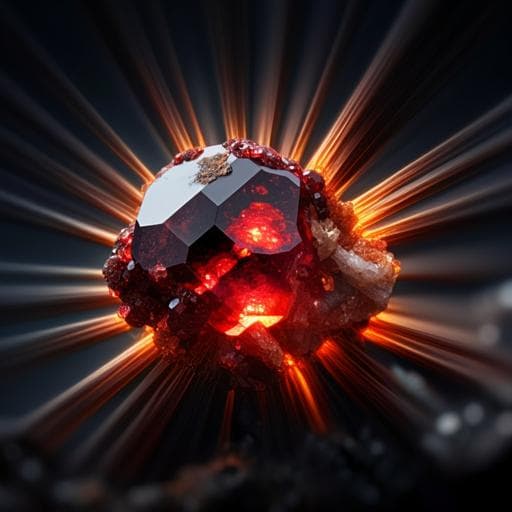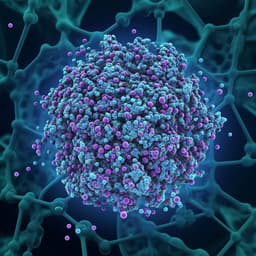
Engineering and Technology
Strategies to approach high performance in Cr³+-doped phosphors for high-power NIR-LED light sources
Z. Jia, C. Yuan, et al.
Discover how a remarkable new method enhances the efficiency of near-infrared-emitting phosphors for next-generation NIR light sources. This exciting research led by Zhenwei Jia and colleagues reveals a way to achieve a staggering internal quantum efficiency of 92.3% and outstanding thermal stability, paving the way for powerful NIR-LED devices.
~3 min • Beginner • English
Related Publications
Explore these studies to deepen your understanding of the subject.







